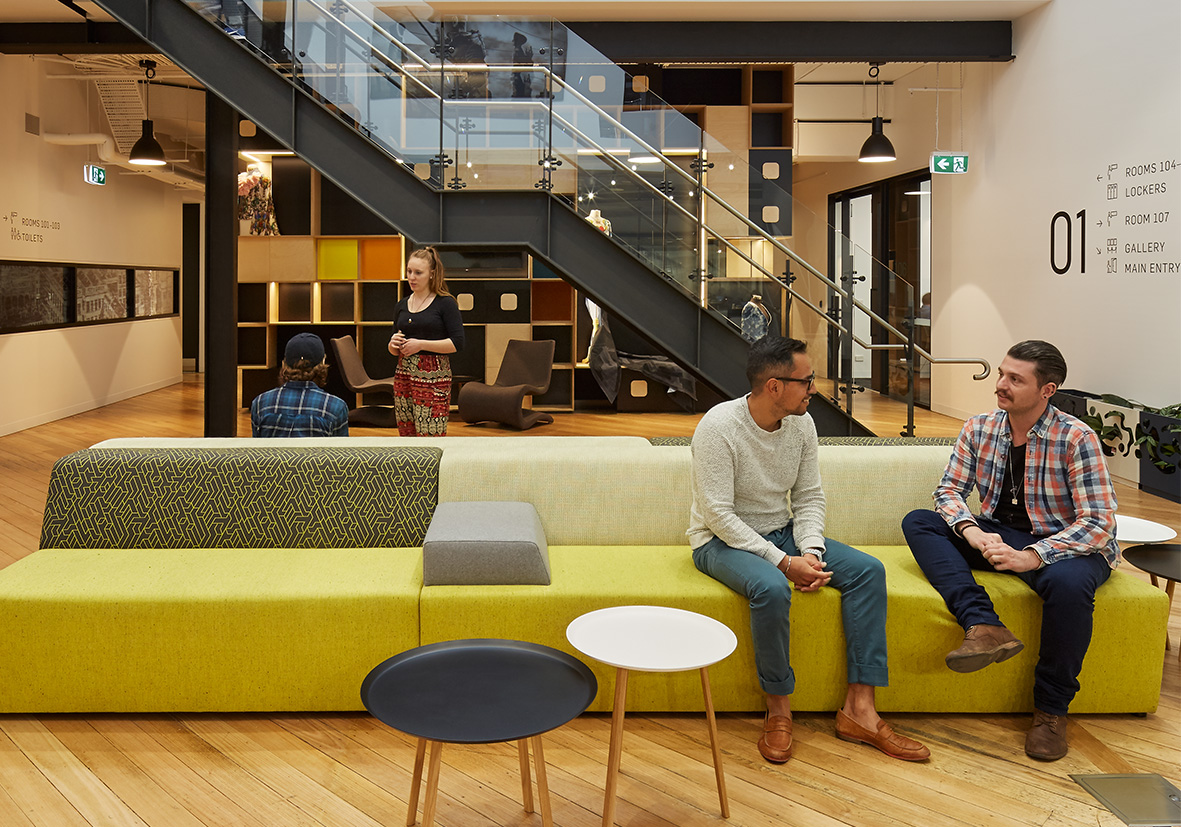-
-
 Colombia
Colombia
- LCI Bogotá
- LCI Barranquilla
-
 Mexico
Mexico
- LCI Monterrey
-
 Costa Rica
Costa Rica
- Universidad LCI VERITAS
-
 Tunisia
Tunisia
- Collège LaSalle | Tunis
-
5 Questions to Ask for Good Design

Creating brilliant and timeless design work means seeing beyond trends or dominant aesthetics. It demands blending your tools and skills with critical thinking and a strategic lens.
By asking yourself the right questions at the start of a design project, you can save time and set yourself on a path towards success.
So, here are 5 questions you should ask to turn a good design project into a great one.
1. What problem is it trying to solve?
Great design provides a solution.
In the real world, creativity and problem solving go hand in hand.
Design curates spaces, experiences and identities. It helps clients communicate their message and connects target audiences with a brand, product or service. It’s how you place things physically or virtually in ways which guide, provoke or delight. It shares and shapes identity. It clads for comfort. It’s not only ornamental, but intrinsically practical, too.
That’s why your design should always start with the problem you’re trying to solve. Once you’ve thought this through – or worked this out with your client – you can start building from there.
TIP: Ask yourself several ‘what’ questions to get to the heart of what your project needs to be successful.
2. Who is it for? Will it resonate with them?
Great design knows its audience.
Taking the time to delve into your audience is essential to developing impactful design.
Everything from colours, typography, imagery, mood, language, format and location can all change depending on who you’re speaking to. Tailoring these elements to your audience will make your work more meaningful and can be a marker of high-quality design.
By going one step further and analysing your audience, including their demographic information, behaviour and goals, you can craft design that aligns with your audience’s needs and objectives – and helps you to achieve your own.
3. Is it accessible?
Great design is accessible.
Design can be an effective communication tool. But if people can’t connect with – or understand – it, then its impact is diminished. Plus, people shouldn’t be left out from experiencing or understanding your design just because they have different abilities or needs.
We often create barriers when we only design for people like ourselves. But by implementing inclusive design principles and inviting a diverse group of people to test your project, you’re applying empathy, which can help you learn about different perspectives, experiences and physical needs.
Check out these inclusive design tools:
4. Is every detail contributing to the bigger picture?
Great design is made up of many well-designed parts.
The best design projects pay attention to every detail. These details can be in the form of colour palette, typography, image choice, illustration style and more.
Each element is another brushstroke in the masterpiece. By ensuring each detail is right, you give your work the greatest chance of success.
TIP: Reflect on the details that comprise the foundation of your design work and then write them up as guidelines to keep your work consistent and efficient.
5. How far can it go?
Good design has longevity.
This is a timeless principle that can help your work transcend short-lived trends.
The best way to ensure your work stands the test of time is by developing a strong creative concept. Defining your concept in a sentence or a few key words creates a focal point with purpose, meaning and narrative at its centre. If done simply and tastefully, it can take your work much further, and to the right places, creating memorable designs for years to come.
Sustainability in design is another principle that secures a future for your work and the planet. An enduring, useful and environmentally-friendly design creates a sustainable life cycle for your work.
Putting it all together…
Through uncovering your answers to these questions, you can build a robust approach to design. You’ll be able to solve problems for the right audience, with design that is as appealing as it is functional – with design that’s not just good, but great.
Time to elevate your design career? Join us at LCI Melbourne. With a range of study areas in fashion and costume design, visual art, interior design and more, there’s something for every creative.
Reach out today to learn more.
Collingwood VIC 3066, Australia
Collingwood VIC 3066, Australia

In the spirit of reconciliation LCI Melbourne acknowledges the Traditional Custodians of country throughout Australia and their connections to land, sea and community.
LCI Melbourne pay respects to the Wurundjeri Woi Wurrung people and acknowledges them as the Traditional Owners of the land on which our campus is situated. We recognise this as a place of special significance for the Indigenous community.
We pay our respect to Elders past and present and future. Indigenous sovereignty has never been ceded.

